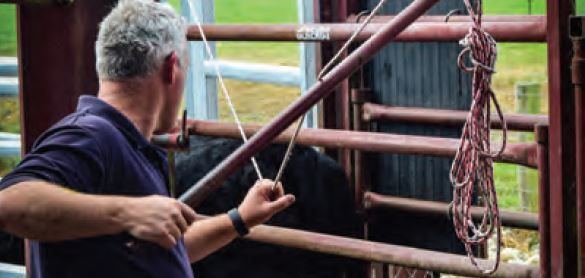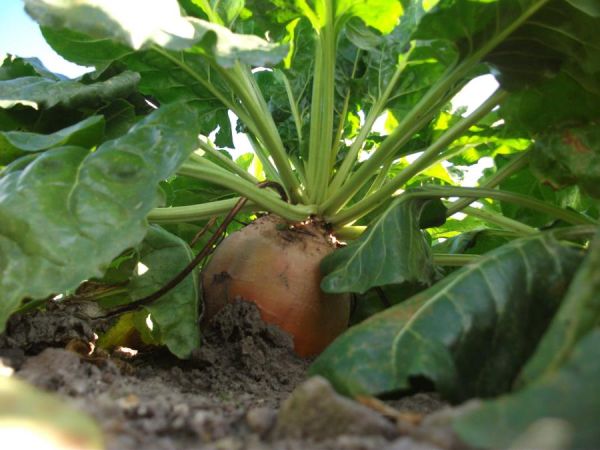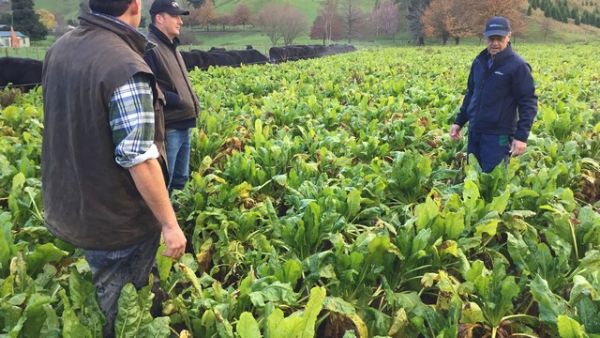Good planning key to success
Fodder Beet
Good Planning Key to Success with Fodder Beet
The versatility of fodder beet makes it an attractive forage option in many farming systems throughout New Zealand. Predominantly a high yielding feed for wintering dairy cows, farmers such as Philip and Alexander are now successfully using beet to put liveweight gain onto cattle. Fodder beet can also play a role in holding body condition of dairy cows on the shoulders of the milking season, and has been used effectively within the sheep, goat and deer industries.
Philip and Alexander on their sheep & beef property are feeding R2 home breed Angus Steers on an 8 ha beet crop. Having used fodder beet for a couple of years now the brothers have had good results. Focusing on getting the inputs right for their crop Philip advocates strongly for making a plan and getting the timings right to get a quality crop. “Don’t cut corners, follow your plan well and focus on using exactly what is required to achieve your targets,” explains Philip.
It all starts with soil preparation, making sure a fine, consolidated seed bed is achieved. If you can get this right and improve the germination and obtain a more even plant establishment, weed control becomes much easier when the beet is at a similar growth stage. Precision sowing their Rivage fodder beet at 50 cm row spacing in October 2016 Philip and Alexander have found the crop to have good tolerance in the hot and windy January and February conditions. Yielding approximately 27 tonne in mid-late May these conditions have been a positive for the pair.
The R2s are all killed off fodder beet and some lines of Angus steers achieved growth rates of above 1.8 kg/head/day last season. Philip and Alexander have a well planned use of lucerne balage and as part of their robust planning process take the time to calculate stock intake and what would be required to achieve their high growth rate targets.
“We target the schedule at peak time for better returns,” explains Philip. “We feed supplement out in the paddocks versus in the racks as we find this is more efficient and gets an equal diet to more animals.” Learnings from last season’s 32 tonne crop has meant that this season the brothers will also take the stock off the paddock in adverse weather in order to prevent pugging and reduce potential damage to the soil structure.
Good planning for fodder beet includes ensuring time to plan paddock crop rotations. Considering these will help support the long term use and success of fodder beet crops by minimising the risk of soil born disease build up, paddock contamination from old bulb chips or bolting fodder beet plants that could set viable seed.
In many cases a 4+ year rotation is advised and if the rotation length is shorter between crops, care must be taken to ensure the rouging of bolting beet plants. For the last few years the true effect of bolters has been overlooked by many in the sector and their relevancy underestimated. If bolting plants are not removed or destroyed before they complete their life cycle, they can produce up to 6000 seeds per plant, which can fall to the ground and potentially remain viable over several years. There is the risk that bad cases will prevent future fodder beet plantings in those effected paddocks as re-seeded beet establishes at very high populations and herbicides used in your sown beet crop will not control re-seeded beet, resulting in severe suppression of yield.

Back to case studies
Case studies

